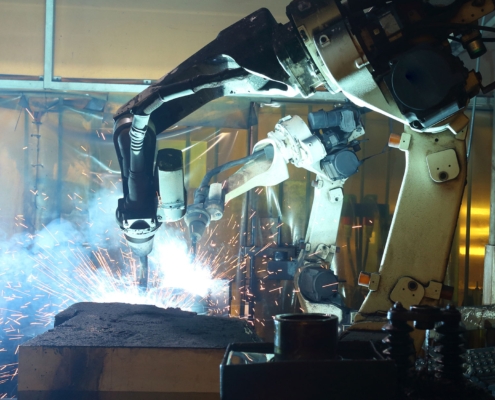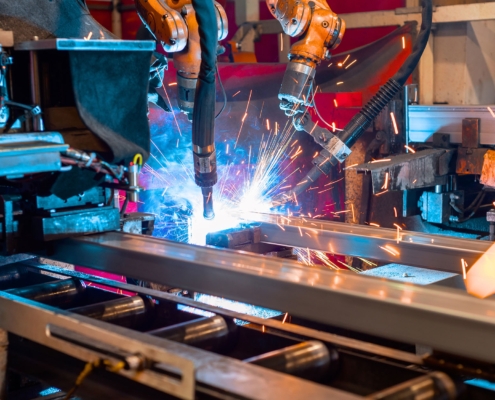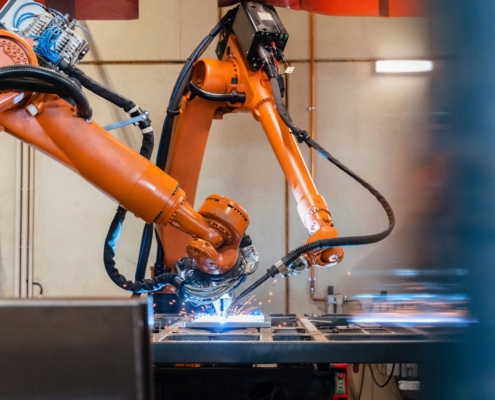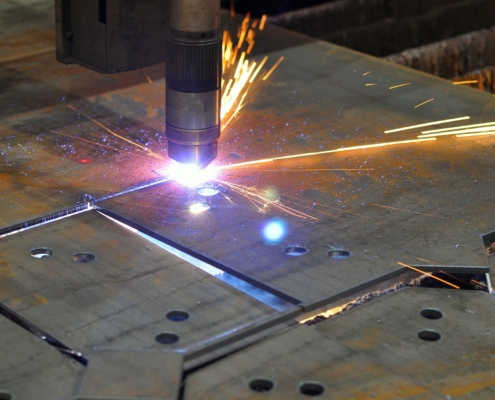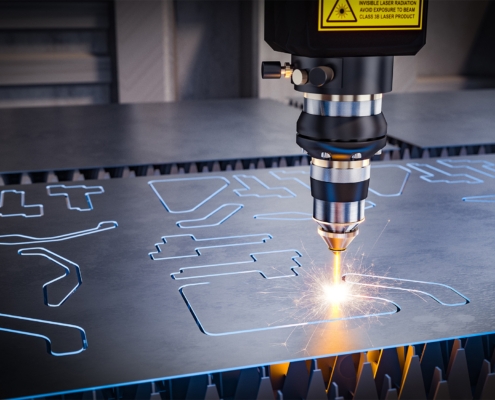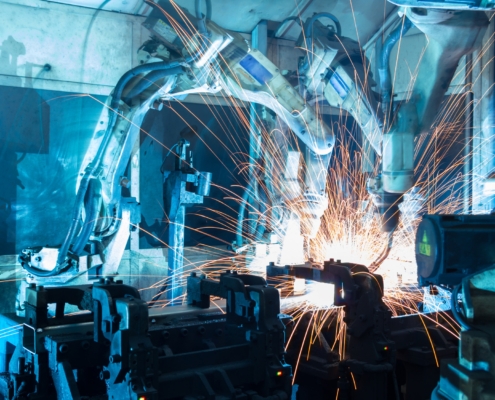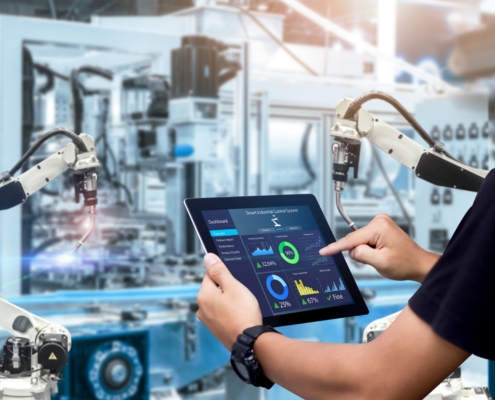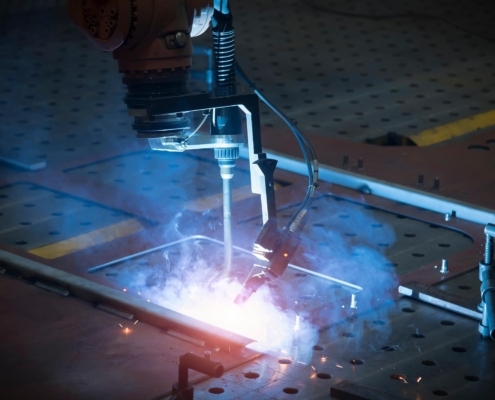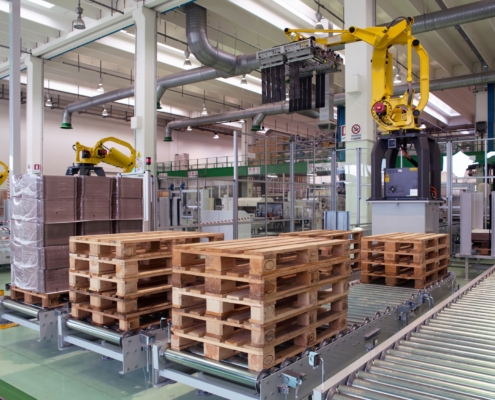Financial considerations are important before upgrading to an automated system like a robotic palletizer. The initial cost for a palletizing system includes the robotic arm, the energy supply system, and necessary peripherals. The exact price can vary depending on the type of robot (e.g., a traditional industrial robot or a collaborative robot), load capacity, and palletizing task.
However, cost considerations should focus on the potential return on investment (ROI). A robotic palletizing system can lead to significant savings in the long run by reducing workforce costs, minimizing errors, and increasing productivity. A careful risk assessment is important to weigh these potential gains against the initial investment.

